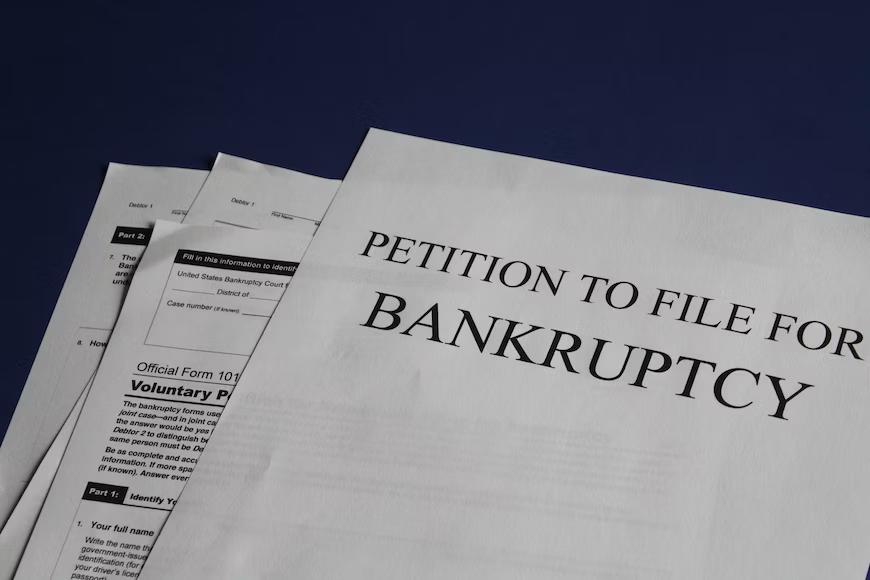What happens when bills keep piling up and there’s no way to catch up? For many in Corpus Christi, filing for bankruptcy relief can stop creditor harassment, pause foreclosure proceedings, and give them the fresh start they need.
This guide explains the key steps involved in filing for bankruptcy relief in Texas, from preparation to expected outcomes under Chapter 7 and Chapter 13.
Step 1: Assessing Financial Situation
The first step is a careful review of income, debts, and assets. Bankruptcy is not the right solution for every person, so understanding total obligations, including credit card debt, medical bills, car loans, and mortgages, is essential. A clear financial snapshot helps determine whether Chapter 7 or Chapter 13 might be the appropriate filing.
Step 2: Completing Credit Counseling
Federal law requires anyone who wishes to file for bankruptcy to complete an approved credit counseling course within 180 days before filing. This course ensures that debtors understand all available options, including debt management plans, before proceeding with bankruptcy.
Step 3: Working with a Bankruptcy Attorney
Hiring a bankruptcy lawyer can help make the process much less stressful. An experienced bankruptcy attorney in Corpus Christi will review eligibility for Chapter 7 (liquidation) or Chapter 13 (repayment plan) and explain how the case will proceed.
- Chapter 7:Typically discharges unsecured debts such as credit cards and medical bills.
- Chapter 13:Involves a structured repayment plan lasting three to five years, allowing debtors to keep assets while paying back part of what they owe.
Step 4: Gathering Documentation
Bankruptcy petitions require extensive documentation, including:
- Tax returns from the past two years
- Pay stubs or proof of income
- A list of all debts and assets
- Recent bank statements
- Monthly living expenses
Having this information ready ensures a complete and accurate filing.
Step 5: Filing the Petition
Once paperwork is ready, the petition is filed with the federal bankruptcy court serving Corpus Christi. This filing triggers the automatic stay, a powerful legal protection that stops creditors from attempting to collect during the case.
Step 6: Attending the 341 Meeting
Debtors must attend a short meeting with the bankruptcy trustee, known as the “341 meeting.” During this meeting, the trustee verifies information in the petition and may ask a few questions. Creditors can attend but rarely do.
Step 7: Following Through
For Chapter 13 cases, debtors must make timely plan payments. For Chapter 7 cases, debtors may need to complete a debtor education course before debts can be discharged. Following every requirement is essential to a successful outcome.
Ready to Regain Control of Debt?
Could filing for bankruptcy be the step that turns things around? The Law Office of Joel Gonzalez helps residents file for bankruptcy relief in Texas efficiently and effectively. As a bankruptcy lawyer in Corpus Christi, Joel Gonzalez guides clients through every stage of Chapter 7 or Chapter 13, helping them protect assets and rebuild their financial lives.
Contact the office today to schedule a consultation and find out how professional legal guidance can bring much-needed relief.








